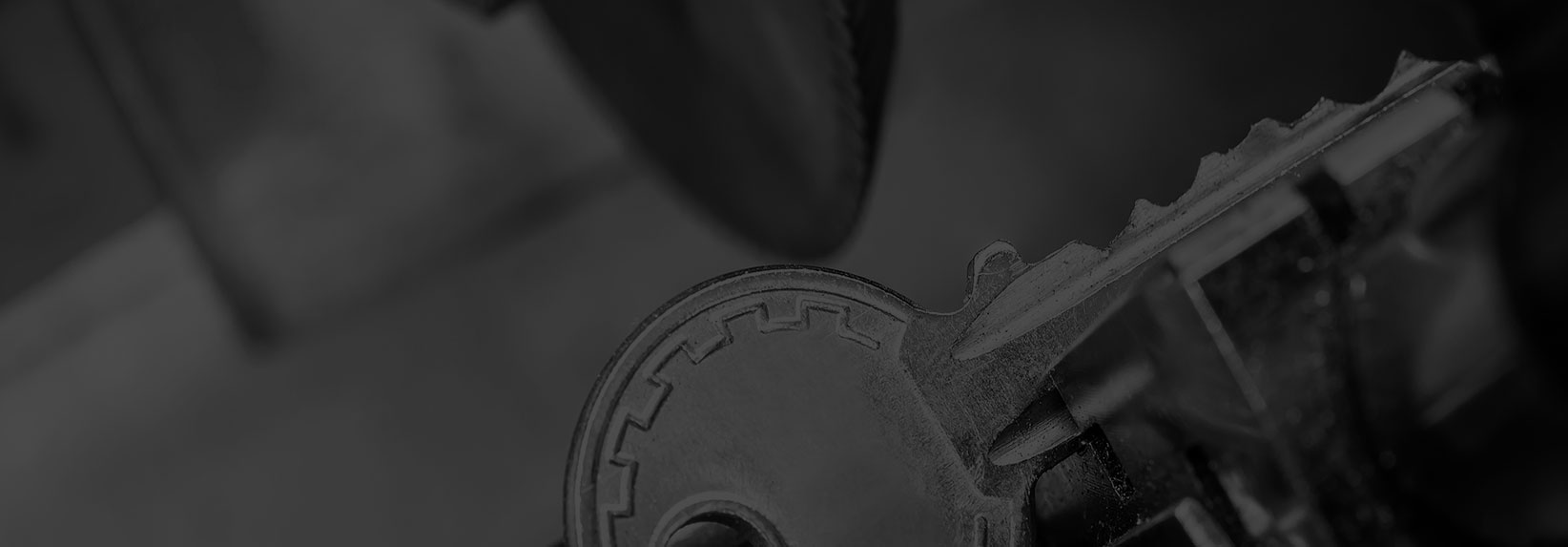Is Your NAS Data Protected?
Business leaders today know that their company’s most valuable asset is data. With 41% of organizations in a global survey reporting at least one data disruption in the past 12 months, protecting that data from corruption or loss – whether malicious or accidental – has never been more important. A data protection solution must provide pristine, off-site copies of your organization’s data. Yet, only 8% of IT decision makers are very confident that their current data protection solution is up to the task.
Looking for a better way to protect your unstructured network-attached storage (NAS) data? Read on.
Best Practices for Data Protection: 3-2-1
The core tenet of proper data protection follows the “3-2-1” formula: Keep at least three copies of your data, on at least two different kinds of storage media, with at least one of them off-site. There are several approaches you can take to meet these criteria with your unstructured data:
- Snapshots form the first layer of defense, offering short-term self-service recovery within a single array. These are good for recovering small amounts of data over hours, or possibly days. However, snapshots don’t offer any geographic protection, and they don’t work well over long periods of time.
- Replication to a disaster recovery (DR) system for site-failure protection.
- Backups to another type of media (tape, disk, or object).
For the purposes of this blog, we’re going to focus on replication. Replication of NAS data is much more complex than simply copying raw blocks of data. Why? Because the remote site must do much more than hosting a copy of the data. It must also contain a mirror of the filesystem structure, the shares and exports required for end-user and application access, and all of the POSIX permissions and/or NTFS access control lists (ACLs) that permit data access.
In the event of data loss, the data is useless if nobody can get to it. Multiple off-site copies of data-critical tools are needed to maintain data availability and recoverability.
Why You Need a Third (or Fourth) Copy of NAS Data
The goal of disaster recovery is to minimize these two things:
- RPO (recovery point objective): A measure in time of how far behind your business permits data to be on the DR system.
- RTO (recovery time objective): A measure of how quickly you can get the DR data online and make it available.
Minimizing RPO means that you must run replication jobs as often as possible – but this has a downside. If the data becomes corrupted or encrypted on the source, you’re replicating that “garbage” data to the other side as quickly as possible. When might this be an issue? Think of malware, for example, which often encrypts large swaths of unstructured data rendering it unusable. If you replicate as fast as possible, you’ve replicated the encrypted content.
What Are Your NAS Data Replication Options?
What if you took an entirely different approach? You can keep a DR array that matches the source and use native replication tools to keep it up to speed, but then also keep a third copy – one that lags behind by a few days, perhaps even a week. Put that copy behind a firewall too. The common industry term for this approach is called isolated recovery (IR). IR keeps a pristine, but older copy of the data somewhere else in its native format. It gives a much higher RPO value than you would usually want, but still permits very low RTO values, because it’s not on a backup set on a tape or something similar, but instead on another NAS, just protected.
Also, by using a single replication solution, your source and target devices run the same code on usually identical hardware. Therefore any issue affecting a single technology affects all implementations of it. Implementing a separate technology for a tertiary copy offers immunity to the issues affecting the primary replication solution.
As a platform-independent option, DobiReplicate eliminates that risk for organizations with heterogeneous environments and other situations where in-family solutions are not ideal.
Your Business Depends on It
With the explosion of unstructured data, the risk to the business multiplies. Implementing a reliable data protection strategy is no longer optional. Let’s look at a few ways that additional copies of NAS data can be beneficial.
- Tertiary copy: This copy of data serves as both a copy from which data can be restored, or in many cases, can act as a backup system in case of a temporary data disruption at the primary and DR sites.
- Remote office: Maintaining a copy of data for local use at a remote office eliminates network traffic and improves response time. Remote copies of data can be updated on a schedule offering read-only access.
- Cascade and air-gapped strategies: Cascading replication offers additional redundancy options for your most critical data, while air gaps improve data protection by limiting outside access to only the time needed to bring a tertiary copy up to date.
What Differentiates DobiReplicate
Speed, accuracy, and simplicity. These three words perfectly summarize how DobiReplicate addresses the issues around creating and managing additional copies of NAS data. Uniquely designed to offer a level of flexibility that was previously unavailable, DobiReplicate takes on the complexity of NAS data copy tasks and provides an end-to-end, automated, heterogeneous, multiprotocol solution.
Unlike all other NAS replication solutions, DobiReplicate is specifically architected to safely, accurately, and easily replicate the data between disparate platforms – any NAS, any cloud – as long as the platform supports the NFS and/or SMB protoacols.
Creating copies of your data should be simple, fast, cost effective, and reliable. With DobiReplicate, it is.
For a more in-depth look at addressing the challenges of NAS data protection, read our whitepaper “Introducing Tertiary Data Copies in Native and Heterogeneous NAS Environments.”
Learn more about DobiReplicate.
